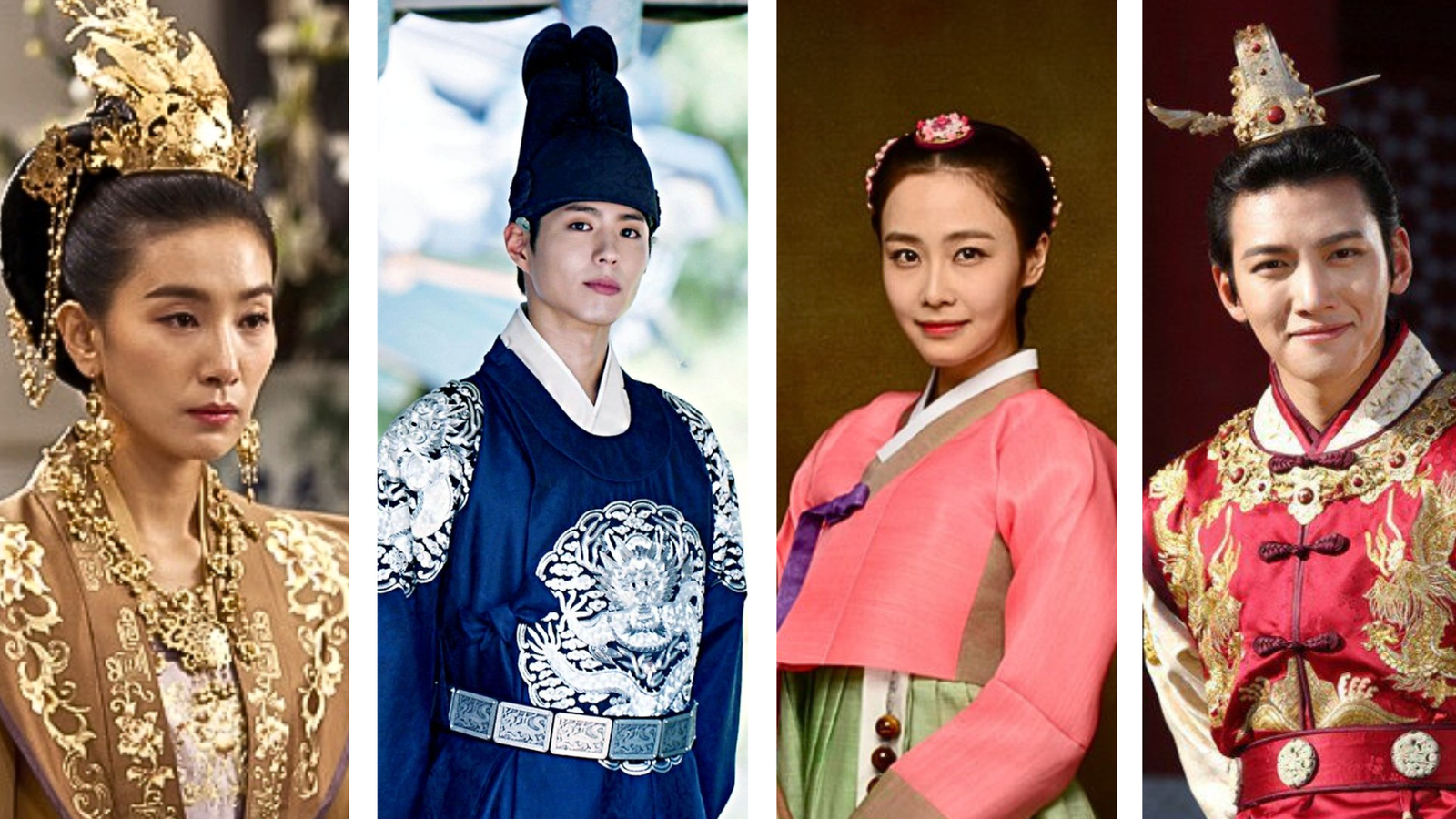Hanbok Class Distinctions: Royal vs. Commoner Attire in Korean History
Hanbok, the traditional attire of Korea, reflects more than just fashion trends. It’s a visual representation of the social structure that existed throughout Korean history. The differences between royal and commoner hanbok offer insights into the hierarchical nature of historical Korean society. For a broader understanding of the cultural context behind hanbok and other aspects of Korean culture, check out our Korean Culture Guide: Decoding Korea’s Rich Heritage.
These hanbok class distinctions weren’t merely about style. They played a crucial role in maintaining social order, with strict regulations governing who could wear what. From the quality of fabric to the colors and designs used, every aspect of hanbok was carefully coded to indicate the wearer’s social status.
This article examines the key differences between royal and commoner hanbok, the significance of these distinctions, and how they’ve evolved over time. Understanding these nuances enhances appreciation for Korean cultural history and provides context for the hanbok seen in historical K-dramas and cultural exhibitions.
Understanding Hanbok Class Distinctions
Hanbok class distinctions were not merely about fashion; they were an integral part of Korea’s social fabric. These distinctions in clothing served to visually reinforce the strict social hierarchy of the time.


Key Aspects of Hanbok Class Distinctions:
Visual Hierarchy: Hanbok class distinctions were immediately apparent, allowing one’s social status to be recognized at a glance.
Legal Enforcement: Sumptuary laws strictly regulated hanbok class distinctions, with severe penalties for violations.
Material Differences: The quality and type of materials used in hanbok were clear indicators of class distinctions.
Symbolic Elements: Certain designs and motifs in hanbok were reserved for specific social classes, further emphasizing class distinctions.
Hanbok Class Distinctions: Royal vs. Commoner Attire


| Aspect | Royal Hanbok | Commoner Attire |
|---|---|---|
| Overview | Epitome of Luxury: Garments worn by royalty and high-ranking officials, designed to awe and impress, clearly setting the wearer apart from common people. | Practical Simplicity: Reflected practical needs and modest means of ordinary Koreans, while adhering to basic hanbok structure and displaying class distinctions. |
| Fabric | Exquisite Fabrics: Silk and fine brocades, often imported. | Modest Materials: Locally produced cotton and hemp. |
| Colors | Vibrant Colors: Bright, bold hues like crimson and royal blue, privileges of the upper class. | Subdued Colors: Muted, earthy tones derived from natural dyes, common in lower-class hanbok. |
| Decoration | Intricate Embroidery: Elaborate designs featuring dragons, phoenixes, and other symbolic motifs. | Minimal Decoration: Little to no embroidery or ornate designs. |
| Design | Longer Lengths: Extended sleeves and skirts to emphasize wearer’s elevated status. | Functional Design: Shorter sleeves and less voluminous skirts for ease of movement during daily work. |
The Impact of Hanbok Class Distinctions
Hanbok class distinctions played a crucial role in maintaining social order in traditional Korean society. These clothing-based distinctions had far-reaching effects:
- Social Mobility: The rigid hanbok class distinctions made it difficult for individuals to move between social classes.
- Economic Implications: The production and trade of materials for different classes of hanbok influenced the economy.
- Cultural Identity: Despite the class divisions, hanbok as a whole became a symbol of Korean cultural identity.
- Artistic Expression: The limitations imposed by hanbok class distinctions led to creative expressions within allowed boundaries.
Evolution of Hanbok Class Distinctions
As Korea moved into the modern era, the strict hanbok class distinctions began to blur. This evolution reflects broader social changes in Korean society.
Modern Reflections of Hanbok Class Distinctions:



- Democratization of Fashion: Elements once reserved for royal hanbok became accessible to the general population.
- Cultural Preservation: Both royal and commoner styles are now preserved as important cultural heritage.
- Contemporary Adaptations: Modern designers draw inspiration from various historical hanbok styles, bridging former class distinctions.
- Educational Value: Studying historical hanbok class distinctions provides insights into Korean social history.
Understanding hanbok class distinctions offers a unique perspective on Korean history and culture. These distinctions in traditional attire not only reflected the social hierarchy of their time but also influenced various aspects of Korean society. Today, as we appreciate the beauty and significance of both royal and commoner hanbok, we connect with a rich cultural legacy that continues to shape Korean identity and fashion. The influence of traditional hanbok designs continues to resonate in modern Korean fashion. Discover how traditional elements blend with contemporary styles in our Complete Guide to K-Style Fashion.
By exploring hanbok class distinctions, we gain a deeper appreciation for the complexities of Korean cultural history. This knowledge enhances our understanding of historical K-dramas, traditional Korean art, and the evolution of Korean fashion. The study of hanbok class distinctions serves as a fascinating lens through which we can view the broader tapestry of Korean cultural heritage.





One Comment
Comments are closed.